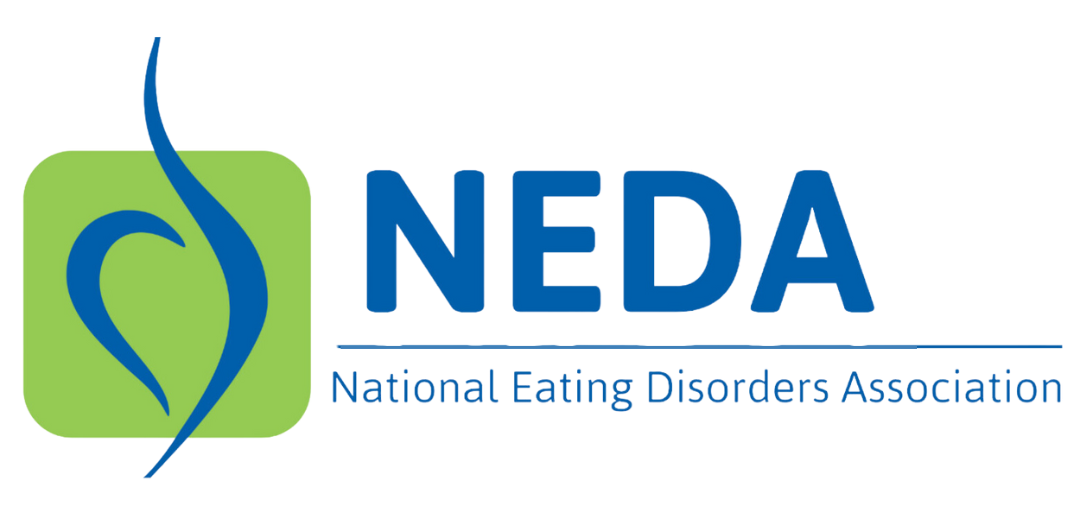Grace Holland Cozine
Resource Center
Co-Occurring Diagnoses and Conditions

Co-occurring diagnoses and eating disorders are relatively common, and individuals with eating disorders often experience other mental and physical health conditions simultaneously. The presence of multiple diagnoses or conditions can complicate diagnosis, treatment, and recovery. Below are some of the most commonly observed co-occurring conditions with eating disorders.
- Eating Disorders and Substance Use
- Eating Disorders and Major Depressive Disorder (MDD)
- Eating Disorders and Anxiety Disorders
- Eating Disorders and Obsessive Compulsive Disorder (OCD)
- Eating Disorders and PTSD
- Eating Disorders and Neurodiversity
- Eating Disorders and Suicidality
- Relative Energy Deficiency in Sport (RED-S)
- Eating Disorders and Diabetes
- GLP-1 Medications and Eating Disorders
- Muscle Dysmorphia
- Body Dysmorphia
- Trauma
- Excessive Exercise
- Laxative Misuse
- Pregnancy

